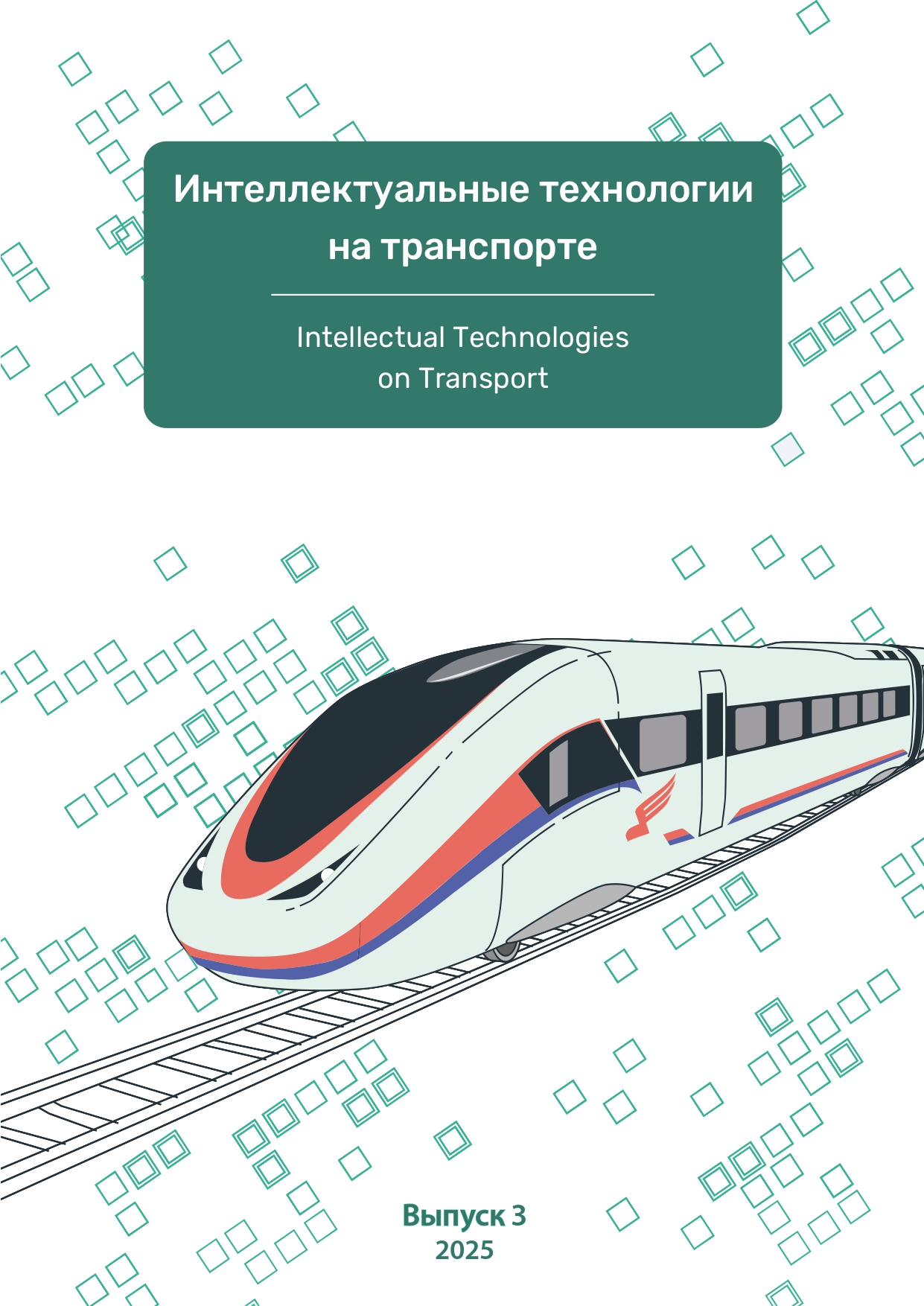employee
Russian Federation
student
Russian Federation
UDC 004.65
UDC 004.652.4
As the volume of data processed in information systems increases, there is a growing need to use methods that ensure scalability, high performance, and efficient administration. One such method is table partitioning, which involves the logical division of data into independent segments. This process has been shown to optimize query execution and simplify the management of large tables. Purpose: to examine the particulars of employing list partitioning within the PostgreSQL database management system and to assess its effect on the performance of SQL queries. Results: the theoretical foundations of list partitioning, its syntactic implementation and limitations have been presented. A comparative experiment was conducted that demonstrated an enhancement in productivity when employing partitioning as opposed to a monolithic table. Typical scenarios of using the method when working with categorized data have been described. Practical significance: the efficiency of query processing and administration of large tables in PostgreSQL can be enhanced through the rational design of the data storage structure using list partitioning.
data partitioning, PostgreSQL, list partitioning, performance, query optimization, indexing, data distribution, horizontal fragmentation, database architecture, big data
1. PostgreSQL 17 Documentation: Table Partitioning. Available at: http://www.postgresql.org/docs/17/ddl-partitioning.html (accessed: June 01, 2025).
2. List Partitioning, Mastering SQL Using PostgreSQL: Online Course. Available at: http://postgresql.itversity.com/05_partitioning_tables_and_indexes/03_list_partitioning.html (accessed: June 05, 2025).
3. Raghuwanshi R. How to Use Table Partitioning to Scale PostgreSQL, EDB Postgres Tutorials. Published online at January 24, 2023. Available at: http://www.enterprisedb.com/postgres-tutorials/how-use-table-partitioning-scale-postgresql (accessed: June 05, 2025).
4. PostgreSQL 17 Documentation: Index Types. Available at: http://www.postgresql.org/docs/current/indexes-types.html (accessed: June 01, 2025).
5. Soto C. PostgreSQL Table Partitioning: Boosting Performance and Management, HackerNoon. Published online at October 04, 2023. Available at: http://hackernoon.com/postgresql-table-partitioning-boosting-performance-and-management (accessed: June 07, 2025).
6. Fakirpure M. PostgreSQL Queries with Table Partitions, HostnExtra Learn. Updated January 27, 2024. Available at: http://hostnextra.com/learn/paths/postgresql/postgresql-queries-with-table-partitions (accessed: June 07, 2025).
7. Blackwood-Sewell J., Soto C. When to Consider Postgres Partitioning, TigerData. Published online at March 04, 2024. Available at: https://www.tigerdata.com/learn/when-to-consider-postgres-partitioning (accessed: June 05, 2025).










